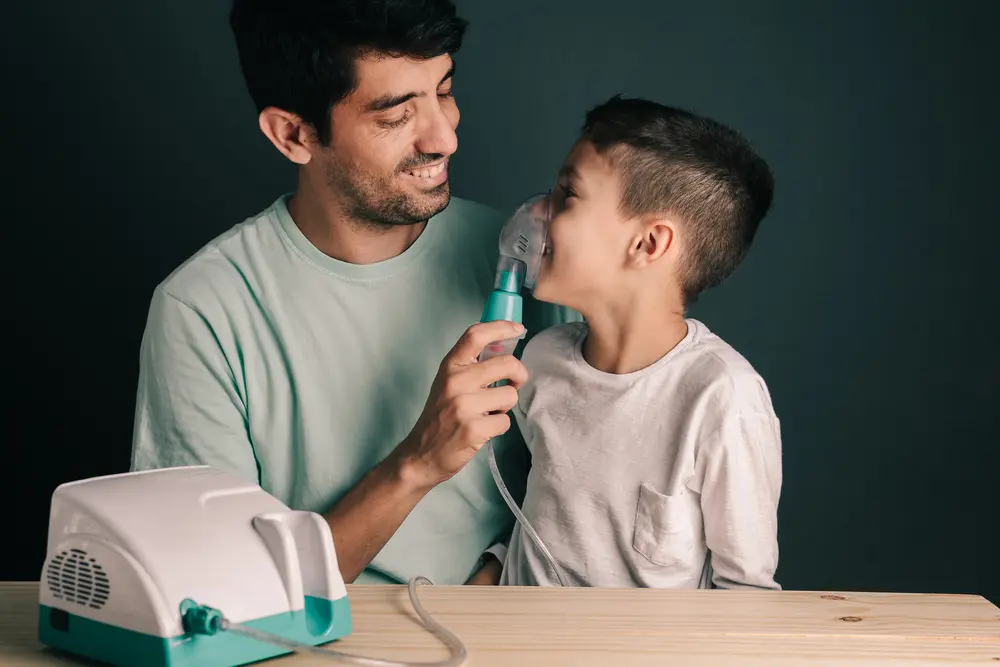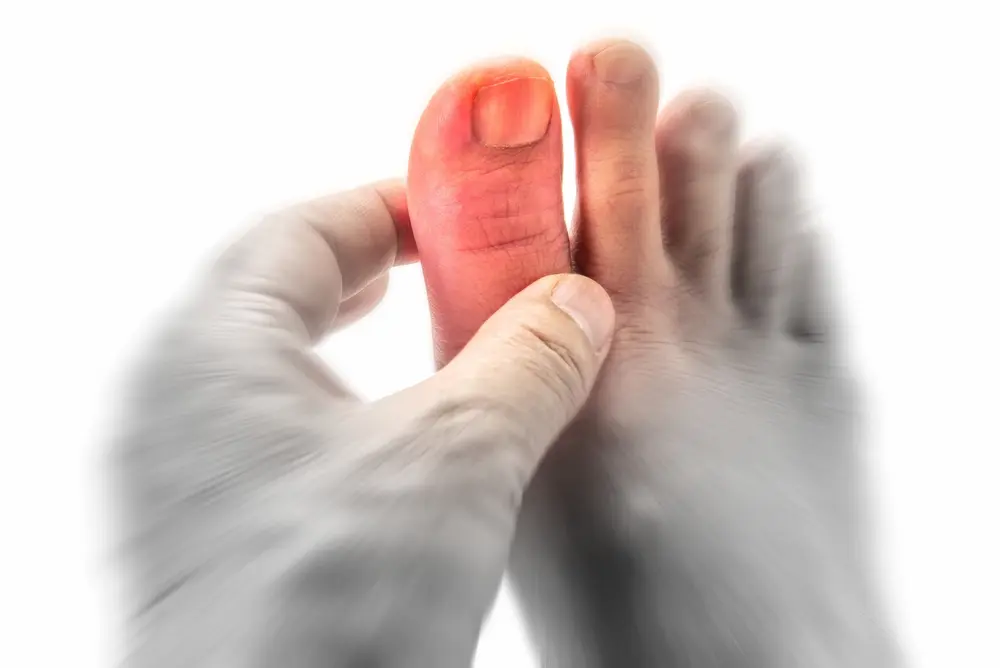
Asthma can be tough, especially when it’s your child or someone you care about struggling to breathe. But even though there’s no cure, asthma doesn’t have to stop you or your loved one from living a normal, happy life. With the right tips and support, you can manage asthma and breathe easier. In this guide, we’ll share practical tips and advice to help you handle asthma day by day.
Asthma is a lung disease. It’s chronic, which means it doesn’t go away and needs ongoing medical management. Asthma is one of the most common non-communicable diseases and a leading chronic disease in children. According to the Asthma and Allergy Foundation of America, over 27 million (1 in 12) US adults ages 18 and older had asthma in 2023. During the same period, about 4.5 million children under 18 had asthma.
Asthma can be a minor nuisance for some. But for others, it can be a major problem that affects daily activities and leads to a life-threatening asthma attack. That’s why it’s critical to seek medical help when you have or suspect that you have asthma. Early treatment may also prevent long-term lung damage. Some common symptoms to watch out for include:
Researchers still don’t know why some people have asthma while others don’t. But environmental factors, genetics, respiratory infections, and allergies are believed to increase the risk. Environmental factors are particularly harmful to infants and young children whose immune systems are still developing.
Managing childhood asthma involves taking proactive steps to reduce the risk of asthma attacks and improve your child's quality of life. Some children outgrow asthma as they get older, but it’s crucial to control symptoms and minimize exposure to triggers in the meantime. Let’s explore ways to manage childhood trauma:
Triggers are things that irritate your airways and set off your asthma symptoms. People have different triggers, so you want to know which ones affect you or your loved one. Some common triggers include cigarette smoke, dust mites, mold, pollen, pet dander, physical activity, weather, chemicals, metal salts, certain medicines, high emotions, etc.
Sometimes, it can be obvious what triggers your asthma. If you get symptoms after coming in contact with smoke from open fires or cigarettes, then smoke is probably one of your triggers. The same applies to contact with pets like dogs and cats. However, triggers like pollen or air pollution may be hard to determine because allergens aren’t visible.
You should, therefore, keep a diary of when you experience symptoms, your location, the weather conditions and the things you were exposed to, including stress.

Once you understand your triggers, the next step is to focus your efforts in the right area. Avoiding them at all times might not be possible, but you can minimize exposure so your symptoms are easier to manage. Here are some quick tips on how to go about it:
Asthma is a chronic illness that doesn’t go away and requires ongoing management. Even if your child feels fine, their lungs might still be inflamed. Asthma medication—especially inhaled corticosteroids and other controller medicines—reduces inflammation and keeps airways open. Skipping doses or only using medication when symptoms appear can lead to more frequent and severe asthma attacks.
You’ll need an action plan to manage your child’s asthma effectively. A good asthma action plan outlines what to do daily to keep asthma under control and the steps to take when symptoms worsen. This way, you can recognize early warning signs, know what to do and communicate with everyone involved in your child’s care.

3. Include clear instructions: Detail how and when to use medications, including dosages and timing. Also, provide guidance on recognizing worsening symptoms and how to respond.
Regular check-ups with your child’s healthcare provider are essential to controlling asthma. During these visits, your provider will perform a physical exam to assess your child’s lung function. They will review and adjust medication as necessary and advice on the latest advancements, including clinical trials. Regular appointments are a good time to ask questions and ensure your child’s asthma management plan is still effective.Science 37 is currently conducting a clinical trial for asthma. This trial is designed to explore new treatment options and improve the management of asthma symptoms. By participating, you can help advance medical research and potentially benefit from innovative therapies that could enhance your quality of life. If you're living with asthma and are interested in contributing to scientific progress, this clinical trial could be a valuable opportunity to explore new possibilities for managing your condition.


